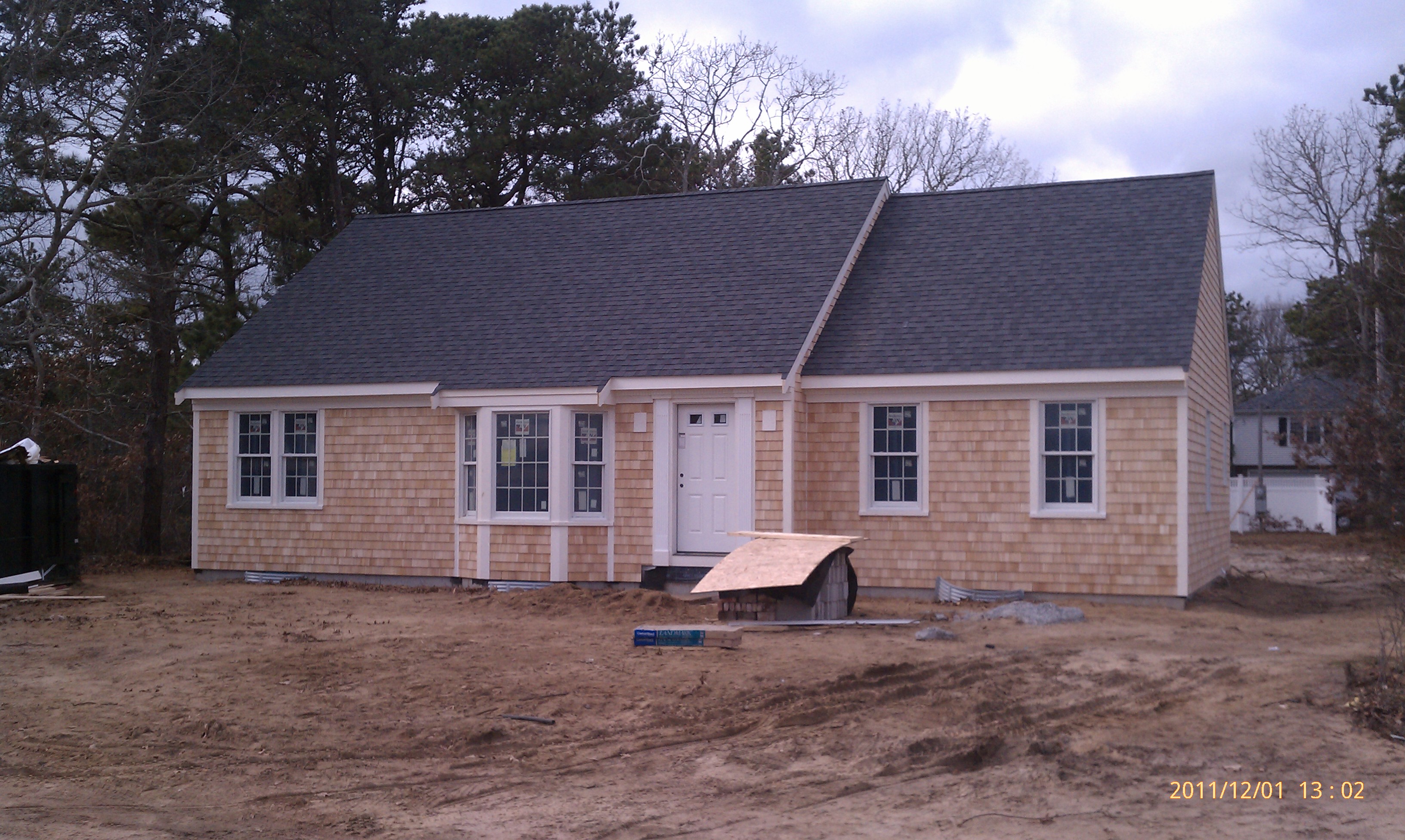At this time of year it is critical to properly winterize your home. Damage from frozen hose spigots, outdoor showers, and ice dams can cause thousand s of dollars of damage. Often times, homeowners don't even realize the damage has happed, or leaks can go unnoticed for several months. Here are some tips from NARI which might be helpful.
Winterize your home to avoid unnecessary damage
Clean gutters, well-ventilated attic will alleviate ice damage.
Des Plaines, Illinois, December 6, 2010—Homes react to weather changes, too, and the National Association of the Remodeling Industry has tips that can help homeowners protect their homes this winter and prevent minor trouble spots from becoming major repairs.
“Wintertime in cooler regions presents a unique set of issues in the home that are not apparent during the summer,” says Bob Didier, project manager at Irwin Contracting Inc., in Hauppauge, N.Y., and vice chair of NARI’s marketing & communications committee . “Homeowners should inspect and repair both interior and exterior areas of their homes to minimize damage.”
Exterior winter maintenance
Didier recommends clearing leaves, sticks and other debris from gutters, so melting snow and ice can flow freely. Blockages in gutters and drain spouts can result in ice damming, or internal water problems causing water to drip from the ceiling and walls. Blockages also run the risk of damage to exterior painted surfaces and the development of dangerous ice patches on walkways underneath overhangs. Drain spouts should face away from your home—ideally, projecting water five feet away from the home’s foundation.
“Safety is an important issue for you and others walking near your property during the winter months,” Didier says. “Trim trees and remove dead branches that can become weak from ice and snow build-up—possibly damaging your home or car, or injuring passersby.” He also suggests repairs to faulty steps and handrails in front of your home to avoid injury.
Inspect your home for cracks or holes in outside walls and foundations. Use caulking to protect water pipes and make sure that skylights and other roof openings have proper weather stripping to prevent snow melt from seeping in.
Interior winter maintenance
Check your water pipes for cracks and leaks and have them repaired immediately. Wrap exposed pipes with heating tape to keep them from freezing. “The temperature inside the walls, where pipes are located, is substantially colder and can fall victim to freezing,” Didier explains. “Even if you want to keep your heat bill low when you’re not at home, it’s best to keep your thermostat at a minimum of 65 degrees to avoid freezing.”
Install an emergency pressure release valve in your plumbing system as an added protection against freezing pipes. The valve helps lessens pressure caused by freezing pipes and reduces chance of pipes bursting. “If you’re concerned about your pipes freezing, learn how to shut the water off and know where your pipes are located,” Didier says. “If your pipes freeze, time is of the essence—the faster you can shut off the water or direct your plumber to the problem, the more chance you have to prevent pipes from bursting.”
Make sure your attics, basements and crawl spaces are adequately insulated and well-ventilated. Look for signs of moisture or surface discoloration. Under-insulating results in escaped heat that melts ice and snow on the roof. Water then refreezes, causing more snow and ice to build up resulting in a collapsed roof or ice damming.
“Ideally, the attic should be five to ten degrees warmer than the outside air,” Didier says. “Well-insulated basements and crawl spaces will help keep the heat from melting snow.” Insulation also helps protect pipes from freezing as well.
Check to see that your smoke and fire alarms are working properly and service your heating systems annually. “Residential fires increase in the winter, so it is important to protect your family with working alarm systems and heating systems,” Didier says.
Keep the heat in
In addition to protecting your home, NARI is offering tips to maximize heat this winter:
Homeowners may consider repairing minor damages themselves, but they should first check to see if any products installed in the home are covered under the manufacturer’s warranty. This may be the case in relatively new homes or those that have undergone recent renovations. Many manufacturers will not honor warranties if amateur repairs have been attempted. For repairs that are beyond the homeowner’s skill level, a NARI contractor should be consulted.



